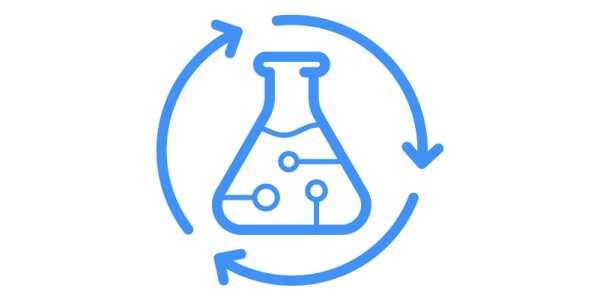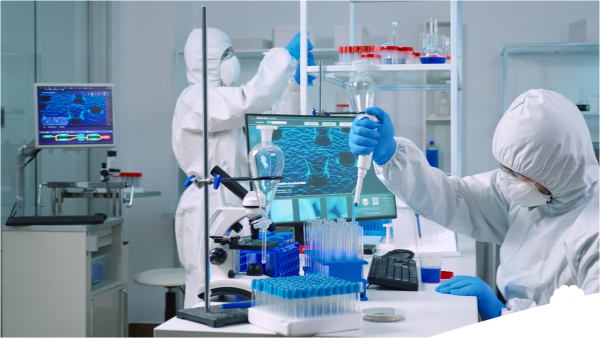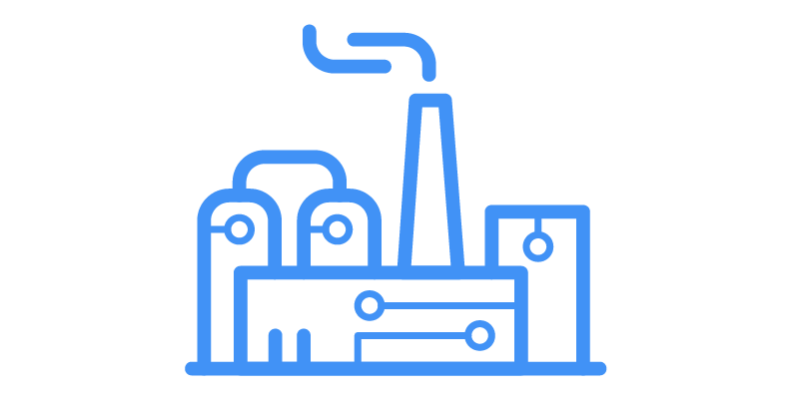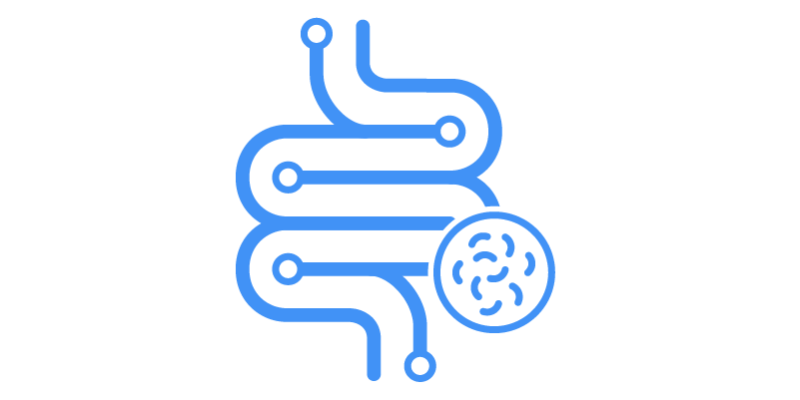Developing the strains and processes at the Lab.
Problem description
Design-Build-Test-Learn (DBTL) cycles have been widely applied to solve engineering tasks. “Self-driving laboratories” are a next level of DBTL that allow to optimize certain properties of a system of interest in an iterative and fully automated manner.
Once an initial design has been made in-silico, it can be implemented and tested on an automated robotics platform. The thereby generated data are fed to an AI/ML framework that predicts the best design of experiments for the next iteration. A “Selflearning laboratory system” requires well-defined and well-managed workflows, seamless data and information flows between the individual phases, programmatic access to equipment and advanced data analytics across scales and types.
References
-
Next-Generation Experimentation with Self-Driving Laboratories, 2019
-
Autonomous experimentation systems for materials development: A community perspective, 2021
-
WEBINAR: From Screening to Production: a Holistic Approach of High-throughput Modelbased Bioprocess Development
-
WEBINAR: Atinary SDLabs: Revolutionize R&D with Machine Learning
Goal
To develop autonomous systems that:
- evaluate and develop ‘’self-learning” experimental design algorithms;
- combine data-driven approaches with mechanistic modeling;
- optimize experimental DBTL algorithms;
- apply the developed methods to DBTL use cases in biotech (i) method, (ii) strain and/or (iii) process development.











